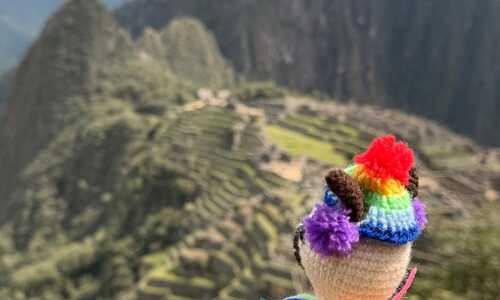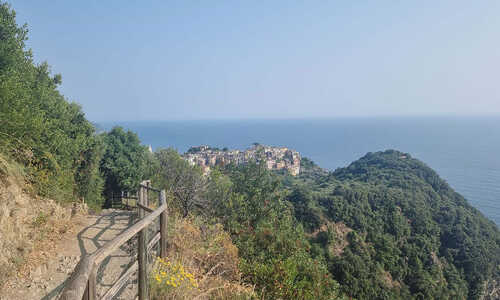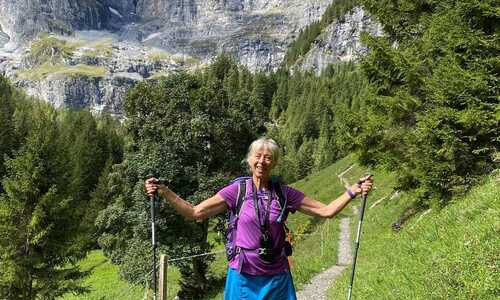17/11/2023
Patagonia, a region shared by Argentina and Chile at the southern end of South America, is a dream destination for trekkers worldwide. With its dramatic mountain peaks, vast ice fields, and deep blue lakes, Patagonia offers some of the most breathtaking landscapes on the planet. However, given its extreme southern location, the weather here can be unpredictable, making it crucial to choose the right time for your trekking adventure.
Here's a seasonal guide to help you plan the perfect Patagonian trek.

1. Summer (December to February)
Peak Trekking Season
Summer is the most popular time to trek in Patagonia, and for good reasons. The weather is at its warmest (though still quite variable), the days are longest, and all the trails and tourist services are in full swing.
Advantages:
Warmest temperatures (can reach up to 20°C or 68°F)
Long daylight hours, meaning more time to explore
All trails and services are open
Considerations:
Popular trails can be crowded
Accommodation and services need to be booked well in advance
Winds can still be strong, especially in open areas

2. Autumn (March to May)
A Time of Tranquility and Colour
Autumn in Patagonia is a spectacular time for those who prefer a quieter trekking experience. The landscape transforms with beautiful autumn colours, and the summer crowds have dissipated. March is our favourite time to go trekking in Patagonia.
Advantages:
Less crowded trails and accommodations
Beautiful autumn foliage
Milder weather, (10℃ or 50°F) though cooler than summer, and can drop to below freezing at night later in the season
Due to less crowded trails, there is more chance of seeing wildlife
Considerations:
Days get shorter, reducing trekking time
Some facilities start to close towards the end of the season, the Torres del Paine 'O' circuit closes at the end of March
Weather can be unpredictable, with a mix of mild days and sudden cold snaps or bouts of rain, with strong winds

3. Winter (June to August)
For the Hardy and Adventurous
Winter trekking in Patagonia is only for the most adventurous souls. Many trails and services are closed, but the reward is a unique and solitary experience in a winter wonderland.
Advantages:
Solitude in nature, as few tourists visit during this time
Snow-covered landscapes offer a different kind of beauty
Ideal for photography with soft light and clear skies
Considerations:
Many trails, refuges, and facilities are closed
Days are short, and weather can be harsh
Suitable only for experienced trekkers with appropriate gear
Temperatures hover around 4℃ or 40°F during the day and around -7℃ or 20°F at night

4. Spring (September to November)
The Reawakening of Nature
Spring in Patagonia is a time of renewal and great beauty, with wildflowers blooming and wildlife becoming more active. The weather begins to warm up, and the high season crowds have not yet arrived.
Advantages:
Increasingly warmer weather (around 10℃ or 50°F) and longer days
Lowest rainfall
Less crowded than summer
Ideal for wildlife watching and photography
Considerations:
Early spring can still be quite cold and windy
Some services may not be fully operational until late spring
Unpredictable weather with occasional snowfalls
Choosing the best time to trek Patagonia largely depends on what you want from your experience. Summer offers the best weather and full services but comes with crowds. Autumn and Spring provide a more solitary experience with stunning natural beauty, while Winter challenges the most experienced trekkers. Regardless of when you go, Patagonia promises an unforgettable adventure with its awe-inspiring landscapes and untamed wilderness.
Join us for the trek of a lifetime on our Patagonia guided trek.




